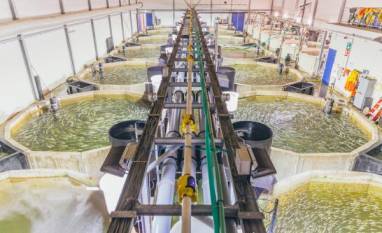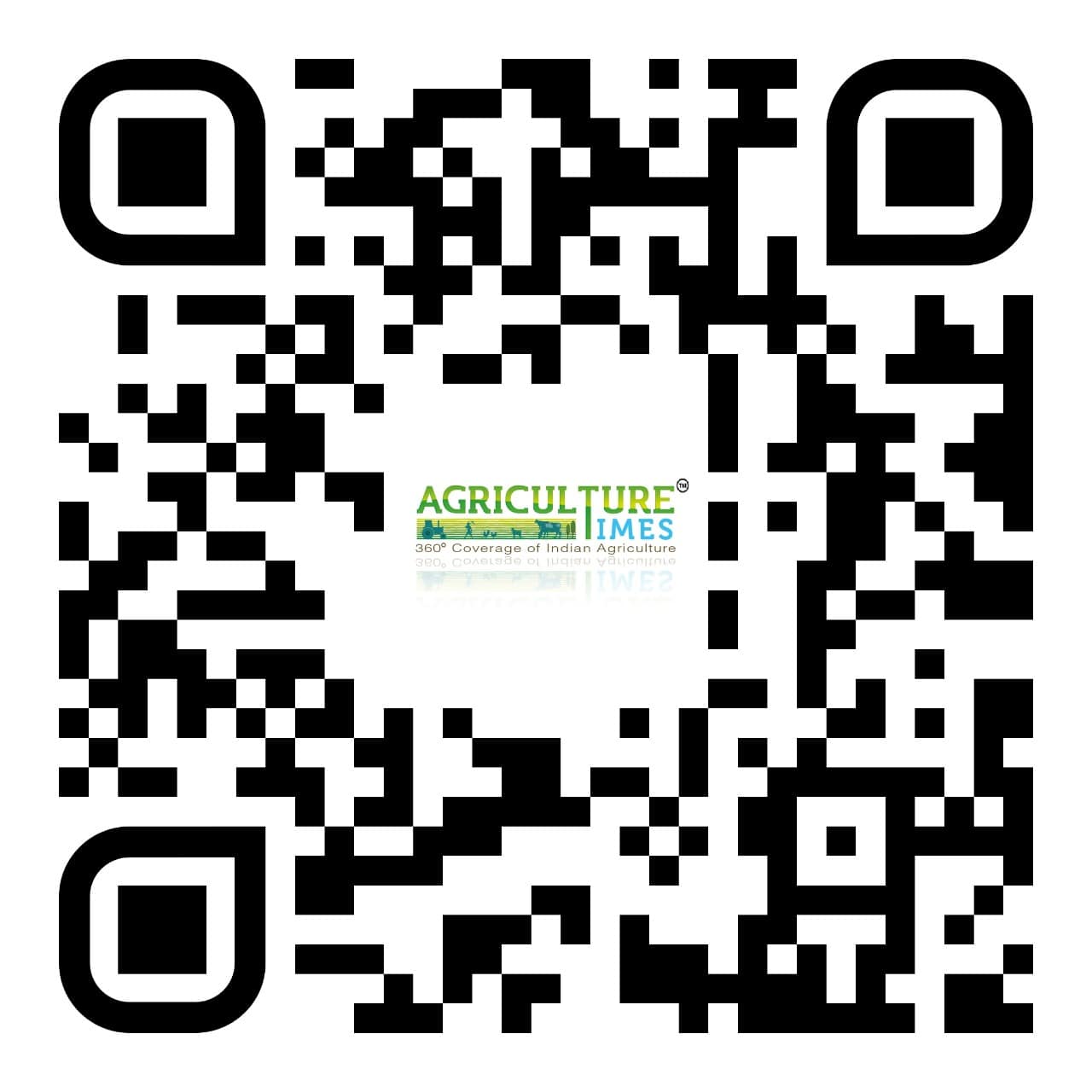MUMBAI, 12 November 2024: As the global demand for seafood increases and traditional fishing methods face environmental and sustainability challenges, innovative aquaculture solutions are gaining traction.
One such solution is the Recirculating Aquaculture System (RAS), which offers a sustainable and efficient way to farm fish on land. RAS technology is transforming aquaculture by providing a controlled environment that optimizes fish growth, minimizes environmental impact, and conserves resources.
What are Recirculating Aquaculture Systems (RAS)?
Recirculating Aquaculture Systems (RAS) are land-based fish farming operations that continuously filter and recycle water within the system. Unlike traditional open-water fish farming, which relies on natural water bodies, RAS creates a closed-loop system where water is treated and reused. This innovative approach offers several advantages:
1. Water Conservation: RAS uses significantly less water compared to traditional aquaculture methods. The system recycles and treats the water, reducing the need for large quantities of fresh water and minimizing water waste.
2. Environmental Control: By operating on land, RAS allows for precise control over environmental factors such as temperature, oxygen levels, and water quality. This leads to optimal conditions for fish growth and health.
3. Reduced Environmental Impact: RAS minimizes the release of waste and pollutants into natural water bodies. Waste products are collected and treated within the system, reducing the risk of water pollution and environmental degradation.
4. Biosecurity: The closed-loop nature of RAS reduces the risk of disease outbreaks and contamination from external sources. This leads to healthier fish stocks and reduces the need for antibiotics and other treatments.
Key Components of RAS
The effectiveness of RAS depends on several key components that work together to maintain water quality and ensure optimal conditions for fish farming:
1. Mechanical Filtration: Removes solid waste particles from the water, such as uneaten feed and feces. This is typically achieved through screens, drum filters, or settling tanks.
2. Biological Filtration: Uses beneficial bacteria to convert harmful ammonia and nitrite into less toxic nitrate. This process, known as nitrification, is essential for maintaining water quality and preventing toxic buildup.
3. Disinfection: Ensures that pathogens and harmful microorganisms are removed from the water. UV sterilizers or ozone generators are commonly used for this purpose.
4. Aeration and Oxygenation: Maintains adequate oxygen levels in the water to support fish respiration and biological processes. This is achieved through aerators, oxygen diffusers, or oxygen generators.
5. pH Control: Maintains the appropriate pH levels in the water to ensure optimal conditions for fish health and growth. This may involve the use of buffers or other pH-adjusting chemicals.
6. Temperature Control: Regulates water temperature to match the specific requirements of the cultured fish species. Heating or cooling systems are used to achieve this.
Advantages of RAS
The adoption of RAS offers numerous benefits, making it an attractive option for sustainable fish farming:
1. Year-Round Production: The controlled environment of RAS allows for continuous fish production, unaffected by seasonal variations or climate conditions. This ensures a stable and reliable supply of seafood.
2. High Stocking Density: RAS can support higher stocking densities compared to traditional methods, leading to increased production in a smaller footprint. This is particularly beneficial in regions with limited land availability.
3. Enhanced Fish Health and Growth: The ability to control environmental parameters results in healthier fish and faster growth rates. Optimal water quality, temperature, and oxygen levels contribute to improved feed conversion ratios and reduced mortality.
4. Sustainability: RAS aligns with principles of sustainability by conserving water, reducing environmental impact, and promoting efficient resource use. The closed-loop system minimizes waste and pollution, supporting eco-friendly aquaculture practices.
Challenges and Considerations
While RAS offers significant advantages, its implementation comes with challenges that must be addressed:
1. High Initial Investment: Setting up a RAS facility requires substantial capital investment for infrastructure, equipment, and technology. However, the long-term benefits and operational savings can offset these initial costs.
2. Technical Expertise: Successful operation of RAS requires specialized knowledge and skills in aquaculture, water quality management, and system maintenance. Training and education are essential for ensuring effective management.
3. Energy Consumption: RAS can be energy-intensive, particularly for heating, cooling, and water circulation. Implementing energy-efficient technologies and renewable energy sources can mitigate this challenge.
4. Waste Management: Although RAS minimizes waste discharge, managing the collected waste within the system is critical. Developing effective waste treatment and disposal methods is essential for sustainable operation.
Case Studies and Success Stories
Several pioneering companies and research institutions are leading the way in RAS development, showcasing its potential for sustainable aquaculture:
1. Atlantic Sapphire (USA): Atlantic Sapphire operates one of the largest RAS facilities in the world, producing Atlantic salmon on land in Florida. Their Bluehouse technology aims to provide a sustainable alternative to traditional sea-based salmon farming, reducing environmental impact and ensuring biosecurity.
2. Kingfish Zeeland (Netherlands): Kingfish Zeeland produces yellowtail kingfish using RAS technology. Their facility integrates renewable energy sources and efficient water management systems, earning them certification from the Aquaculture Stewardship Council (ASC).
3. Sustainable Blue (Canada): Sustainable Blue operates a land-based RAS facility producing Atlantic salmon. Their system emphasizes water conservation, waste reduction, and fish welfare, demonstrating the feasibility of sustainable aquaculture practices.
The Future of RAS
The future of RAS looks promising, with ongoing advancements in technology and increasing adoption by the aquaculture industry. Key trends and developments include:
1. Integration with Renewable Energy: Combining RAS with renewable energy sources such as solar, wind, or geothermal can reduce energy costs and enhance sustainability.
2. Automation and IoT: The use of automation, sensors, and Internet of Things (IoT) technologies can improve monitoring, data collection, and system management, leading to more efficient and precise operations.
3. Genetic Improvement: Selective breeding programs and genetic research can enhance the performance of fish species in RAS, improving growth rates, disease resistance, and feed conversion efficiency.
4. Waste Valorization: Developing methods to convert waste products into valuable resources, such as biofertilizers or biogas, can create a circular economy within RAS operations.
Recirculating Aquaculture Systems (RAS) represent a transformative approach to fish farming, offering a sustainable and efficient solution to meet the growing demand for seafood.
By providing a controlled environment that optimizes fish growth, conserves resources, and minimizes environmental impact, RAS is poised to play a crucial role in the future of aquaculture.
As technology continues to advance and more farmers adopt RAS, the industry can achieve greater sustainability, productivity, and resilience, ensuring a stable and sustainable supply of seafood for generations to come.
Image credit: asc-aqua.org























